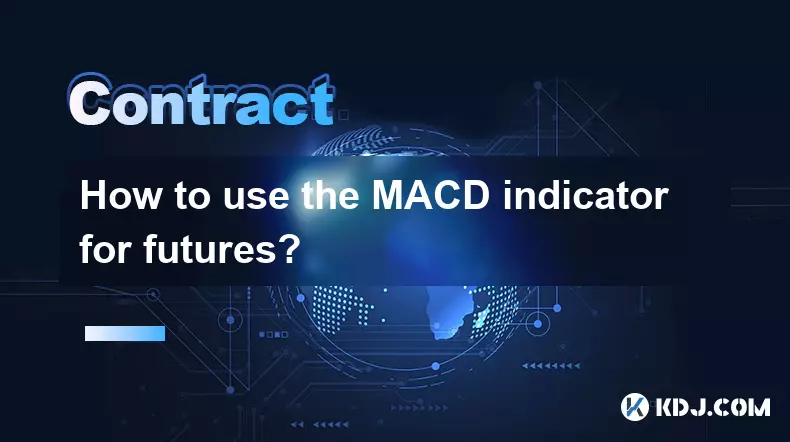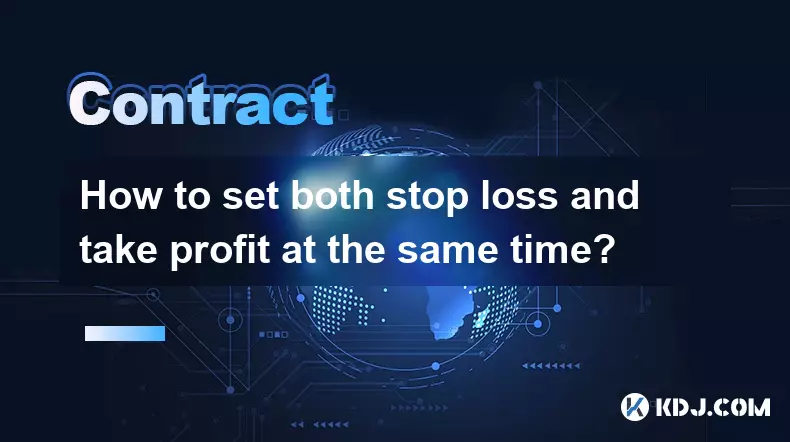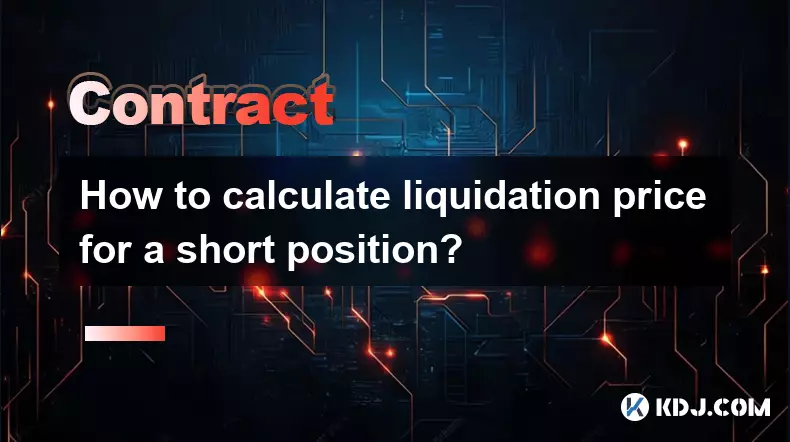-
 Bitcoin
Bitcoin $111300
0.99% -
 Ethereum
Ethereum $4303
0.59% -
 XRP
XRP $2.872
2.36% -
 Tether USDt
Tether USDt $1.000
-0.01% -
 BNB
BNB $874.6
1.89% -
 Solana
Solana $205.2
2.26% -
 USDC
USDC $0.9999
0.01% -
 Dogecoin
Dogecoin $0.2251
4.27% -
 TRON
TRON $0.3302
6.31% -
 Cardano
Cardano $0.8318
1.58% -
 Hyperliquid
Hyperliquid $47.06
2.14% -
 Chainlink
Chainlink $22.36
0.67% -
 Ethena USDe
Ethena USDe $1.001
0.00% -
 Sui
Sui $3.394
1.86% -
 Bitcoin Cash
Bitcoin Cash $603.2
1.62% -
 Stellar
Stellar $0.3597
0.97% -
 Avalanche
Avalanche $24.58
0.60% -
 Hedera
Hedera $0.2191
2.22% -
 UNUS SED LEO
UNUS SED LEO $9.546
-0.31% -
 Cronos
Cronos $0.2610
-2.36% -
 Litecoin
Litecoin $114.7
2.57% -
 Toncoin
Toncoin $3.098
1.47% -
 Shiba Inu
Shiba Inu $0.00001242
1.44% -
 Polkadot
Polkadot $3.998
4.67% -
 Uniswap
Uniswap $9.361
0.49% -
 World Liberty Financial
World Liberty Financial $0.2298
8.29% -
 Dai
Dai $1.000
0.01% -
 Ethena
Ethena $0.7408
0.46% -
 Monero
Monero $271.7
1.36% -
 Aave
Aave $301.8
0.88%
How to use the MACD indicator for futures?
The MACD helps futures traders spot momentum shifts and trend reversals through crossovers, divergence, and histogram patterns, especially when combined with volume and price analysis.
Sep 07, 2025 at 09:00 pm

Understanding the MACD Indicator in Futures Trading
1. The MACD (Moving Average Convergence Divergence) indicator is a momentum oscillator widely used in futures trading to identify potential trend reversals, momentum shifts, and entry or exit points. It consists of three components: the MACD line, the signal line, and the histogram. The MACD line is calculated by subtracting the 26-period exponential moving average (EMA) from the 12-period EMA. The signal line is a 9-period EMA of the MACD line, and the histogram represents the difference between the MACD line and the signal line.
2. Traders use the MACD to assess the strength and direction of a trend. When the MACD line crosses above the signal line, it generates a bullish signal, suggesting that upward momentum is increasing. Conversely, when the MACD line crosses below the signal line, it indicates bearish momentum. These crossovers are commonly used to time entries and exits in fast-moving futures markets.
3. The histogram provides a visual representation of the convergence and divergence between the two lines. Expanding histogram bars suggest increasing momentum, while shrinking bars indicate weakening momentum. This helps traders anticipate potential reversals before they appear on price charts.
4. Because futures contracts are leveraged instruments with high volatility, the MACD’s ability to detect shifts in momentum makes it particularly useful. It allows traders to react quickly to changes in market sentiment without relying solely on price action.
5. It's important to note that the MACD is a lagging indicator, meaning it is based on past price data. While it is effective in trending markets, it can produce false signals in sideways or choppy conditions. This is why many futures traders combine the MACD with other tools such as volume indicators or support/resistance levels.
Key MACD Strategies for Futures Markets
1. The most common strategy involves trading MACD crossovers. When the MACD line moves above the signal line, traders may initiate long positions, especially if the crossover occurs after a prolonged downtrend. Conversely, a crossover below the signal line may prompt short entries. These signals are more reliable when confirmed by rising or falling volume.
2. Divergence trading is another powerful technique. A bullish divergence occurs when prices make lower lows while the MACD forms higher lows, signaling potential upward reversal. A bearish divergence happens when prices reach higher highs but the MACD shows lower highs, suggesting weakening bullish momentum and a possible downturn.
3. Some traders use the zero line as an additional filter. When the MACD line is above zero, the short-term average is higher than the long-term average, indicating overall bullish sentiment. Trading only in the direction of the zero line—long when MACD is above zero, short when below—can improve the win rate of crossover signals.
4. The histogram’s slope is often analyzed to detect early signs of momentum shift. A change in the slope from negative to positive, even before a crossover, can be an early warning of trend change. Scalpers in futures markets often monitor these subtle shifts to enter trades ahead of the crowd.
5. In fast-moving futures like Bitcoin or crude oil, traders may adjust the default MACD settings (12, 26, 9) to shorter periods such as (5, 13, 1) to increase sensitivity. However, this also increases the risk of false signals, so tighter risk management is essential.
Combining MACD with Other Tools in Futures Analysis
1. Using MACD alongside Bollinger Bands can enhance decision-making. When price touches the lower band and a bullish MACD crossover occurs, it may signal a high-probability long opportunity. Similarly, a touch of the upper band with a bearish MACD crossover can indicate a short setup.
2. The Relative Strength Index (RSI) complements MACD by identifying overbought or oversold conditions. If the MACD shows a bullish crossover while RSI is below 30, it strengthens the case for a long trade. This confluence increases confidence in the signal.
3. Support and resistance levels are critical when interpreting MACD signals. A bullish crossover near a key support level carries more weight than one in the middle of a range. Price structure helps filter out noise and focus on high-conviction setups.
4. Volume analysis adds confirmation. A MACD crossover accompanied by a spike in volume suggests strong participation and increases the likelihood of follow-through. In low-volume environments, MACD signals may lack conviction and should be treated with caution.
5. Candlestick patterns such as bullish engulfing or hammer formations, when aligned with positive MACD momentum, can provide precise entry points. These patterns help time entries within the broader context of momentum shifts detected by the MACD.
Frequently Asked Questions
What does a MACD crossover above the signal line indicate in futures trading?It indicates increasing bullish momentum and is often interpreted as a buy signal, especially when confirmed by volume and price structure.
Can the MACD be used effectively in sideways markets?Its effectiveness diminishes in range-bound conditions where crossovers may occur frequently without sustained follow-through. Traders often avoid acting on MACD signals during consolidation phases.
How can divergence in the MACD help futures traders?Divergence highlights discrepancies between price and momentum, often preceding reversals. Bullish or bearish divergence can alert traders to potential trend changes before they become evident on price charts.
Is the default MACD setting suitable for all futures contracts?Not necessarily. Highly volatile futures like cryptocurrencies may benefit from faster settings, while slower-moving contracts like gold or bonds may perform better with standard or smoothed settings.
Disclaimer:info@kdj.com
The information provided is not trading advice. kdj.com does not assume any responsibility for any investments made based on the information provided in this article. Cryptocurrencies are highly volatile and it is highly recommended that you invest with caution after thorough research!
If you believe that the content used on this website infringes your copyright, please contact us immediately (info@kdj.com) and we will delete it promptly.
- Dogecoin, Shiba Inu, and the 1000x Hunt: What's Next?
- 2025-09-08 04:25:16
- Arbitrum (ARB) Price Prediction: Will Bulls Conquer $0.50?
- 2025-09-08 04:45:16
- XRP Price Gears Up: Symmetrical Triangle Points to a Big Move
- 2025-09-08 05:25:11
- Altcoins, Token Unlocks, and Listing Schedules: What's the Deal?
- 2025-09-08 05:45:12
- XRP Sell-Off, Coinbase, and Bill Morgan: What's the Real Deal?
- 2025-09-08 05:45:12
- Shiba Inu, Price Prediction, Meme Coin: Is SHIB Still Worth the Hype?
- 2025-09-08 05:05:11
Related knowledge

How to set both stop loss and take profit at the same time?
Sep 06,2025 at 04:36pm
Understanding Simultaneous Stop Loss and Take Profit Orders1. Placing both stop loss and take profit orders at the same time is a standard practice in...

What is copy trading for crypto futures?
Sep 07,2025 at 02:00am
What Is Copy Trading in Crypto Futures?1. Copy trading in crypto futures allows investors to automatically replicate the trades of experienced traders...

How to use the MACD indicator for futures?
Sep 07,2025 at 09:00pm
Understanding the MACD Indicator in Futures Trading1. The MACD (Moving Average Convergence Divergence) indicator is a momentum oscillator widely used ...

What to do if you are about to be liquidated?
Sep 06,2025 at 01:00am
Understanding Liquidation in the Crypto Market1. Liquidation occurs when a trader’s margin balance falls below the required maintenance margin, forcin...

How to calculate liquidation price for a short position?
Sep 08,2025 at 03:54am
Understanding the Basics of Short Position Liquidation1. A short position in the cryptocurrency market involves borrowing an asset and selling it imme...

What is an insurance fund on crypto exchanges?
Sep 06,2025 at 03:36pm
Understanding the Role of Decentralized Exchanges in Modern Cryptocurrency Trading1. Decentralized exchanges (DEXs) have emerged as a cornerstone of t...

How to set both stop loss and take profit at the same time?
Sep 06,2025 at 04:36pm
Understanding Simultaneous Stop Loss and Take Profit Orders1. Placing both stop loss and take profit orders at the same time is a standard practice in...

What is copy trading for crypto futures?
Sep 07,2025 at 02:00am
What Is Copy Trading in Crypto Futures?1. Copy trading in crypto futures allows investors to automatically replicate the trades of experienced traders...

How to use the MACD indicator for futures?
Sep 07,2025 at 09:00pm
Understanding the MACD Indicator in Futures Trading1. The MACD (Moving Average Convergence Divergence) indicator is a momentum oscillator widely used ...

What to do if you are about to be liquidated?
Sep 06,2025 at 01:00am
Understanding Liquidation in the Crypto Market1. Liquidation occurs when a trader’s margin balance falls below the required maintenance margin, forcin...

How to calculate liquidation price for a short position?
Sep 08,2025 at 03:54am
Understanding the Basics of Short Position Liquidation1. A short position in the cryptocurrency market involves borrowing an asset and selling it imme...

What is an insurance fund on crypto exchanges?
Sep 06,2025 at 03:36pm
Understanding the Role of Decentralized Exchanges in Modern Cryptocurrency Trading1. Decentralized exchanges (DEXs) have emerged as a cornerstone of t...
See all articles

























































































